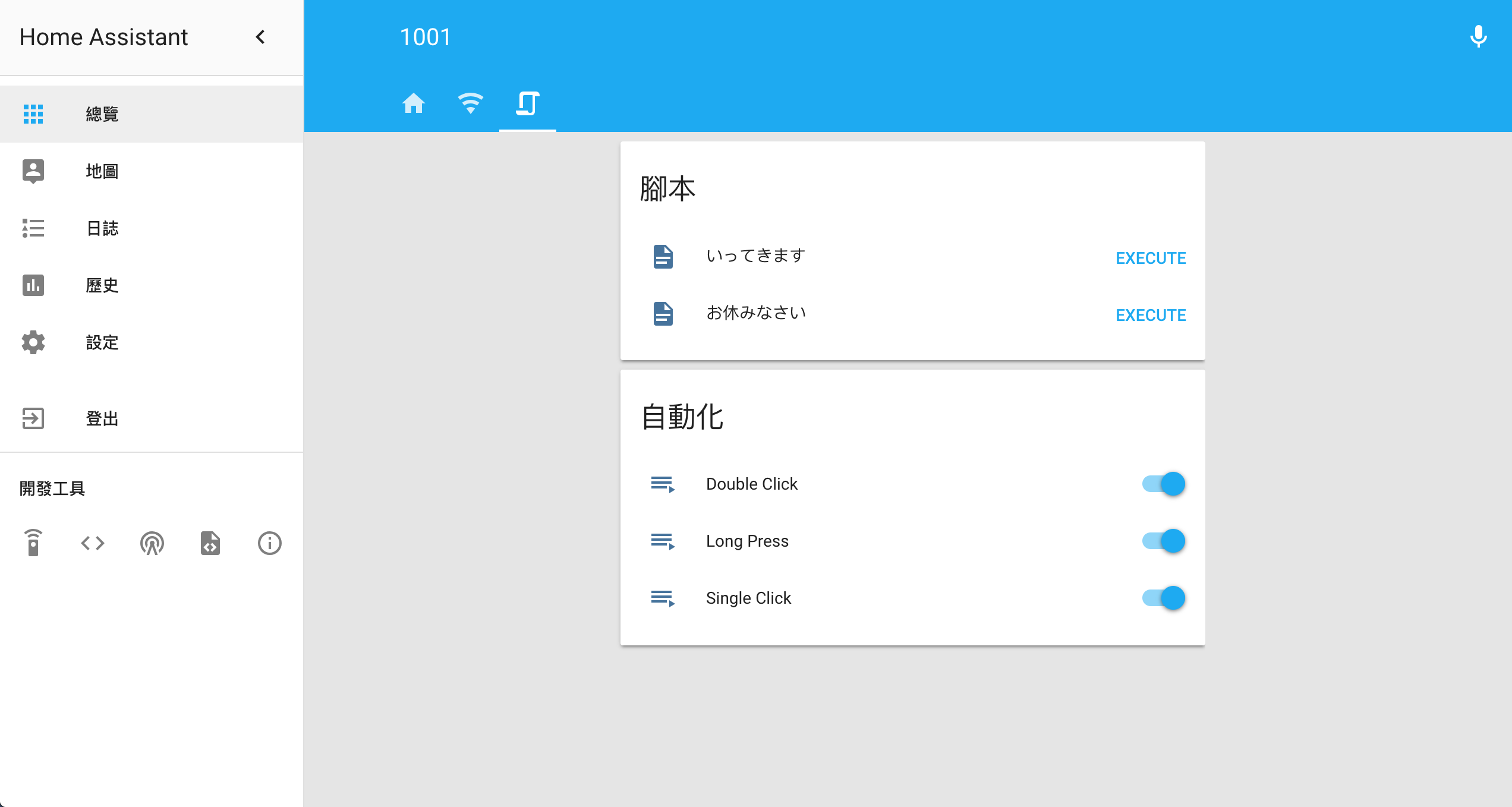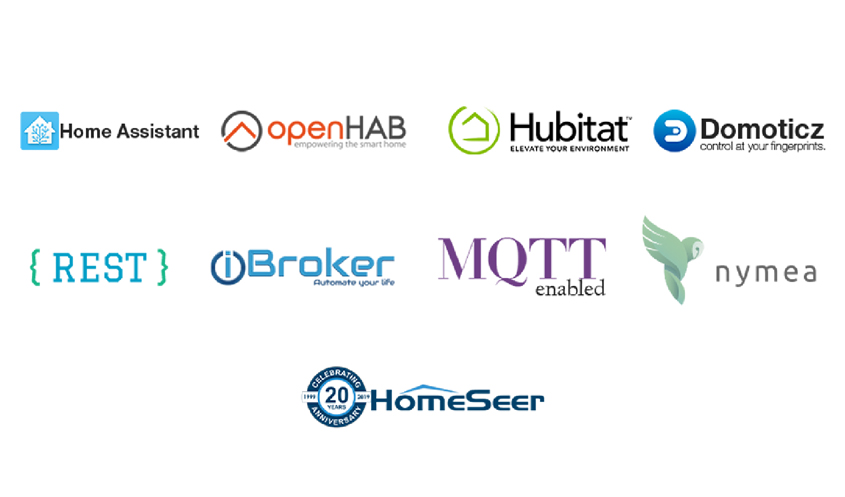

- #HOMESEER VS HOME ASSISTANT INSTALL#
- #HOMESEER VS HOME ASSISTANT DRIVER#
- #HOMESEER VS HOME ASSISTANT FULL#
Now that the Z-Wave JS server is now up and running, so the next step is to tell Home Assistant itself about it by adding the Z-Wave JS integration. You can also choose whether you want to enable auto-updates for the add-on.

I suggest enabling the watchdog as well so that it restarts in case it crashes. Save the configuration and start the add-on. Personally, I was using the “0x…” format before, so I just stuck with it. Pasting in the network key auto-formatted it for me, and my understanding is that both the “0x…” format as well as the “one hex string” formats are supported. Note that the dropdown did not show my device, so I had to click the 3 dots and “Edit in YAML”. Remember to paste the actual network key, not the secret name. Installation may take a couple minutes, or at least it did for me, so be patient.Īfter the installation finishes, go to the Configuration for the add-on and add the device USB path and network key you found earlier.
#HOMESEER VS HOME ASSISTANT INSTALL#
Install Z-Wave JS add-onĪs mentioned earlier, for installation types besides HassOS, you’ll need to get the Z-Wave JS server running yourself.įor HassOS users, simply go to the Add-on Store and find the Z-Wave JS add-on. Then restart Home Assistant to ensure the legacy Z-Wave inregration is completely gone. As mentioned during preparation, you’ll also want to delete or comment out the zwave configuration entry if you haven’t already. Zwave : usb_path : /dev/ttyACM0 network_key : !secret zwave_network_key Migration Uninstall legacy Z-Wave integrationįrom the integration page, simply delete the Z-Wave integration. If you’ve used yaml to configure this, you can simply comment it out for now so that it’s still available to you later. The latter is especially important or you’ll need to completely set up your Z-Wave network, re-including all devices, from scratch. Take note of your device id your Z-Wave stick uses and the network key you use. Mine shows 107 entities in Home Assistant, while Excel shows 108 rows (1 extra for the header). To make sure you got everything, cross check entity count. Note that the sorting is lexicographic, so the order will be 1, 10, 11, … 18, 19, 2, 20, 21)
#HOMESEER VS HOME ASSISTANT FULL#
For those of you using HassOS, take a full snapshot and once it completes download the snapshot somewhere safe like OneDrive.Īfter migration, you’ll need to set up all your devices and entities again. Preparation Take a system backupįirst things first, backup your system. This split decouples Home Assistant from the Z-Wave controller, providing lots of flexibility in configuration and allowing the Home Assistant server to restart without restarting your Z-Wave network for instance. This integration talks to the Z-Wave JS server to send commands to and receive information from your Z-Wave devices. The second part is the Z-Wave JS integration in Home Assistant, used for all installation methods. For other installation methods, you will need to run the server yourself. For HassOS, this part will be provided by an add-on.


This is what directly talks to your Z-Wave stick. The fundamental architecture of the Z-Wave JS functionality in Home Assistant has two parts. An “integration” provides a specific functionality in Home Assistant across all installation types. An “add-on” is something specific to HassOS and those with other installation methods will not have this. This guide will focus on that scenario, so some steps may differ for other installation methods.īefore we begin, we should also understand the difference between an “add-on” and an “integration” in Home Assistant. My personal setup uses Home Assistant OS (or HassOS, formerly “HassIO”) on a Raspberry Pi 3B+. This guide intends to help migration from the legacy Z-Wave integration to Z-Wave JS.
#HOMESEER VS HOME ASSISTANT DRIVER#
As of version 2021.2, there is a new Z-Wave integration in Home Assistant based on Z-Wave JS, a modern Z-Wave driver built using JS, which is much more accessible for collaboration than the old one using OpenZWave.


 0 kommentar(er)
0 kommentar(er)
